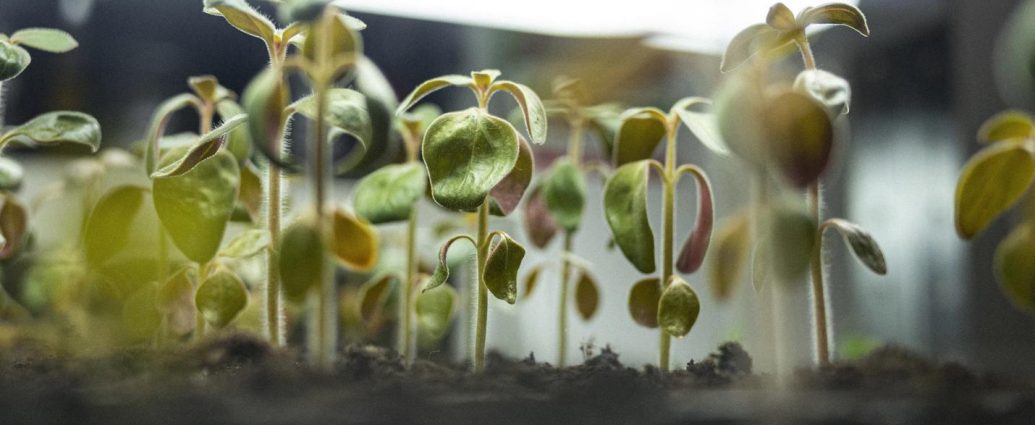In the 1980’s and 1990’s, popular science fiction adopted a grim, neon aesthetic epitomized by movies like Bladerunner and Total Recall. The pillars of cyberpunk—sky highways, rain streaking from taxi-cab windows, and massive holographic advertisements—reflected one idea of the future city. While environmental movements of the time rallied against industrial pollution, our popular imagery saw future cities as dystopic places where the artificial boundaries between nature and society would never be bridged. This impulse has not gone away; in fact, many alarming climate models make these grim predictions feel rational and level-headed. But our ideal of the futuristic city has evolved. Now, we envision cities in which our buildings and rooftops are forested, cars no longer dominate roads, and urban planners collaborate with their local biomes. The reintroduction of “nature” into urban life restores that of which concrete and asphalt robbed us: diverse plant-life and the music of bird calls.
Vegetation is key to how we combat climate change in urban centers. A recent piece in The Guardian describes how the mayor of Athens, Kostas Bakoyannis, is attempting to combat the Urban Heat Island Effect by increasing the city’s tree cover. Also, trees (or the lack thereof) are physical markers of economic inequality, as illustrated by a new study from PLOS ONE that concludes that poorer neighborhoods are on average “1.5 degrees Celsius hotter than high-income blocks.” As these stories reveal, the green city is not a purely aesthetic innovation. Urban vegetation improves climate resiliency and offers new possibilities for local food growth. Over the 20th century, massive agricultural conglomerates in the U.S. destroyed family farms and penned cattle into destructive Concentrated Animal Feeding Operations (CAFOs). Besides the explicit goal of lowering carbon emissions, maybe green cities can ameliorate past injustices, accommodating diverse agricultural opportunities for local farmers. Rather than undergoing gentrification, abandoned apartment buildings could become vertical farms terraced with green roofs, and public/private partnerships could ensure that surrounding communities own shares of the facilities. Public investments in communal gardens can involve entire neighborhoods in food production, rendering “locally-sourced” less the occasional oddity at grocery stores and more the standard for regional goods.
The green city is also a place in which individual citizens can grow their own food. Starved of functional outdoor space, city dwellers must learn to grow in cramped environments that are not traditionally suited for gardening. A new category of home growing products, like “The Farmstand,” a hydroponic planter sold by LettuceGrow, should streamline personal food production. The Farmstand is the first product released by Zooey Deschanel and Jacob Pechenick’s organization The Farm Project, which seeks to “make it easy for everyone to grow food themselves,” combatting the depersonalized nature of our global food system. The Farmstand is unique because its user-friendly design democratizes vegetable growth, enabling beginners (or a cursed gardener, like me, who cannot grow a single cherry tomato) to harvest with minimal anxiety.
The Farmstand has a distinct, bulbous shape. Its tear-drop base is complemented by porous, modular terraces that can be stacked to increase growth capacity. During online checkout, customers pick their desired seed varieties, and—because the system is hydroponic and self-fertilizing—the process requires little daily upkeep. LettuceGrow advertises that the Farmstand demands five minutes of weekly attention, versus three hours of equivalent labor for traditional gardening practices (figures accommodating 20% of a household’s nutritional requirements). The bulk of LettuceGrow’s marketing highlights the product’s ease of use. One needs very few tools to begin growing, and the streamlined process ensures that most customers will enjoy successful yields. Hopefully, this renders the steep upfront cost of the system more manageable (with 36 plants, six glow-lights, and a matching seedling bundle, the system can reach over $1,200 in price, but begins at $348). For residents who lack a backyard or sufficient outdoor space, LettuceGrow sells glow-light attachments that enable indoor vegetable production. When placed in a kitchen or living room, The Farmstand works regardless of one’s local geography and seasonal conditions. Considering our future of volatile weather, this product’s modular design is key to achieving climate resiliency.
That said, a key aspect of climate resiliency is education: are there flaws in “outsourcing” our ecological knowledge to a particular company or organization? The Farmstand’s simplistic, user-friendly approach might anger enthusiasts for whom the intricacies of horticulture provide therapeutic or spiritual benefits. Agricultural knowledge, once cherished and passed between generations, should not be superseded by the logic of mass commodities. These products are streamlined for greater market adoption and to ease manufacturing costs, threatening a bulwark of traditional practices—such as terraced farming and crop rotation—that are sustainable without the “high-tech” moniker.
In addition, one hopes the Farmstand supplements rather than replaces communal gardening efforts. Deschanel’s and Pechanik’s The Farm Project espouses support for communal practices, but the organization lacks specific partnerships (or subsidies to make the Farmstand available to low-income communities), instead pushing enthusiasts to subscribe to Community Supported Agriculture (CSA) Programs and shop at local farmers’ markets. LettuceGrow’s Farmstand is marketed as the conscious consumer’s exit from a harmful infrastructure in which the average food item travels “1,494 miles to get from the farm to our plates,” but green products remain pricier because our infrastructure runs on fossil pollution by default. In the sustainable shopping industry, ethical consumption must still be decoupled from affluence to enable broader adoption.
Our food future will be far more diverse than our industrial past. The Farmstand is attractive in its design and modularity, and I hope that it co-evolves alongside traditional practices. The ability to grow vegetables from one’s kitchen realizes a vision of green urban life. Picture a city terraced with green roofs, the local gardens percolating with flowers and seasonal vegetation. A few of the apartment windows emit the LED gleam of indoor hydroponics, the lights visible even during bitter winters.
Maybe, in this city, everyone can be a farmer.
–Maxwell Rowe-Sutton

